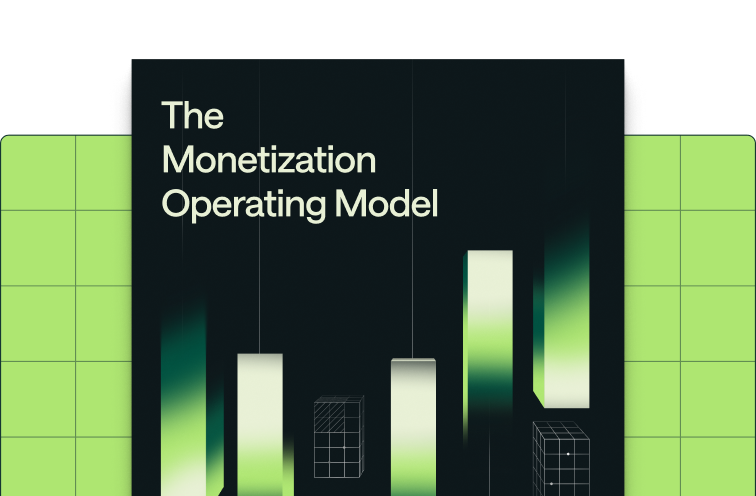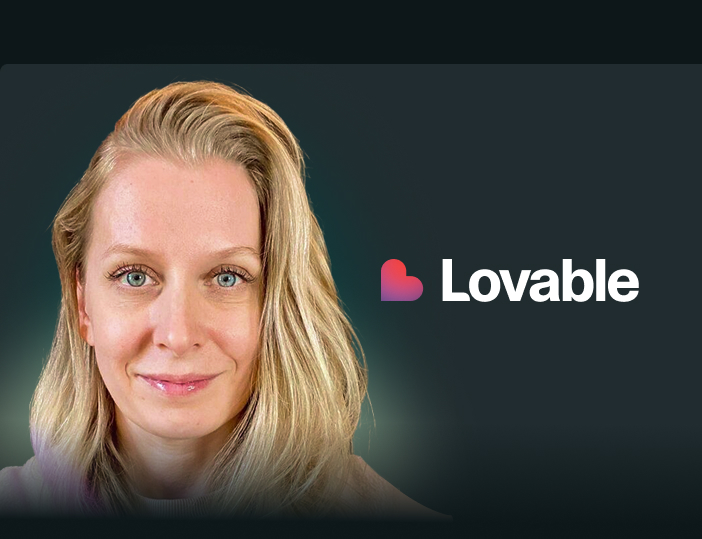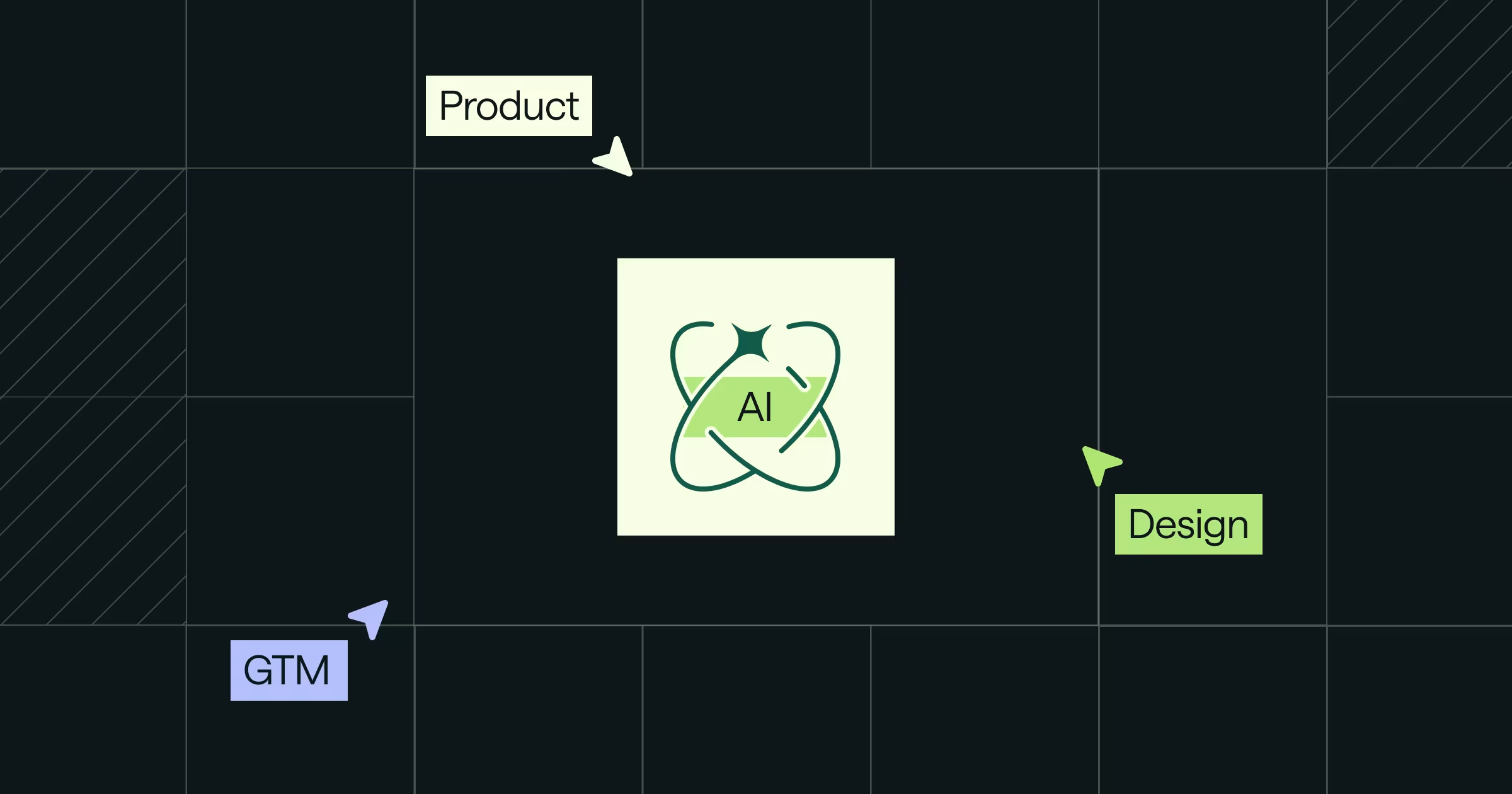Share
If there was one headliner takeaway from this year’s Monetize conference, it’s this: monetization has broken out of its silo. What was once a tactical decision about where to set prices is now a board-level conversation about growth, resilience, and trust in the AI era. Across product leaders, finance executives, operators, and engineers, the same themes kept surfacing. Together, they reveal where the field is headed, and what’s keeping leaders up at night.
Hybrid is the new subscription
Whether PLG, SLG, or usage-based, every company represented at the conference is getting their arms around hybrid monetization. Zapier’s Giang Hoang described moving from pure PLG to layering on enterprise sales. Temporal’s Tomas Lorinc talked about opening up sales-led infrastructure to self-serve developers. Salesforce’s Craig Shull shared their “flex agreement” that allows customers to trade seats for consumption, a hybrid approach designed to give optionality.
The pattern is clear:
- PLG companies are finding that they need enterprise packaging, contracts, and forecasting to scale.
- SLG companies are embracing self-serve entry points to drive adoption and support developers.
- Infrastructure companies are designing flexible constructs that let customers grow naturally across motions.
The shift itself isn’t new, but how companies are operationalizing it definitely is. Almost unanimously, leaders stressed the importance of designing systems, processes, and culture that allow PLG and SLG to coexist within an organization, rather than compete.
Watch the full session on The Current State of Monetization.
Monetization is now a cross-functional priority
One phrase kept echoing across panels:
“Every executive owns monetization.”
Pricing, packaging, and billing touch every function, including product, finance, sales, engineering, and operations. Still, in most companies, no one truly owns the full system.
No matter the company, leaders expressed how they’re recognizing that leaving monetization with fragmented ownership just leads to duplication of effort, inconsistent customer experiences, and lost revenue opportunities. Realizing that, they’re now moving toward:
- Centralizing accountability in a Chief Value Officer (CVO) or similar role
- Embedding pricing expertise into product teams via hub-and-spoke models
- Standing up governance structures (like pricing councils or committees) that accelerate launches instead of slowing them down
The consensus: monetization is too important to be everybody’s problem but nobody’s job.
Watch the full session on The Rise of the Chief Value Officer in the AI Era.
Customers want predictability, not just value
Usage-based pricing is clearly ascendant, but it comes with a specific risk: unpredictability. James Brown, Metronome’s Head of Product, noted that when it comes to usage models, customers worry about sellers becoming predators instead of partners. There was strong agreement that the answer lies in building predictability, visibility, and control right into the monetization experience itself.
That means:
- Bringing billing data directly into the product experience so customers see usage in real time
- Offering safeguards like spend alerts, entitlements, and usage caps
- Framing usage as a trust-building mechanism, not a hidden gotcha
The customer of the Value Era expects fair pricing, of course, but a refreshed version of that idea requires them being able to understand and control their spend.
Watch the full session on Why Monetization is Now Every Executive’s Problem.
Fraud, scale, and financial engineering are becoming strategic
Another striking theme from the conference and the surrounding conversations was how technical monetization has become. OpenAI’s financial engineering team shared lessons about designing infrastructure to handle explosive scale, where millions of entitlements can add up to millions of dollars in minutes. Fraud detection and entitlement accuracy are no longer operational details: they are strategic risks.
Companies are preparing for:
- Massive scale metering (100,000x growth in some AI workloads)
- Latency-sensitive entitlements (seconds of delay can cost millions)
- New fraud vectors unique to AI and usage-based pricing
The language of monetization is shifting from “pricing ops” to “financial engineering.” That alone signals how deeply embedded these challenges now are in the product and infrastructure stack.
Research and iteration still lag behind reality
Several speakers acknowledged a shared pain point: companies often don’t do enough research before launching pricing changes. Attendees resonated with this. Ryan Campbell at Snowflake emphasized how costly it is to skip steps, and how critical it is to run research, benchmark competitors, and pressure-test customer willingness to pay before pricing ever goes live.
At the same time, leaders admitted that research often loses out to speed. The challenge is finding ways to automate and scale research so iteration isn’t sacrificed. Snowflake’s team has even built workflow automation into their pricing governance to keep pace with AI-driven product launches.
The forward-looking question is: how do you marry the rigor of research with the pace of iteration? That’s the operational frontier many teams are facing.
Watch the full session on From PLG to SLG: Making the Shift Work in Monetization.
Monetization is now a system
Perhaps the most important insight and consensus across the conference is that monetization is now a system. It’s a living operating model that requires clear ownership, repeatable processes, and modern infrastructure.
The companies that succeed will be the ones that:
- Define principles early and broadcast them across the org
- Embed pricing expertise into product and go-to-market motions
- Invest in systems that scale flexibly with both PLG and SLG
- Treat pricing launches with the same discipline as product launches
- Close the loop by measuring outcomes and iterating fast
As was noted many times, monetization is now infrastructure. Companies that treat it as such will grow faster, build deeper trust with customers, and navigate the unpredictability of the AI era with confidence.
What’s next for monetization
Our Monetize 2025 conference revealed a field in transition. Today, the conversations don’t stop at usage-based pricing. Leaders at these companies are building operating models, creating new executive roles, and rethinking how entire organizations align around value.
The throughline is clear: in the Value Era, monetization isn’t a team. It’s the growth engine.
If these sound like the kinds of conversations you need to be involved in, sign up to get updates about Monetize 2026.









.png)

